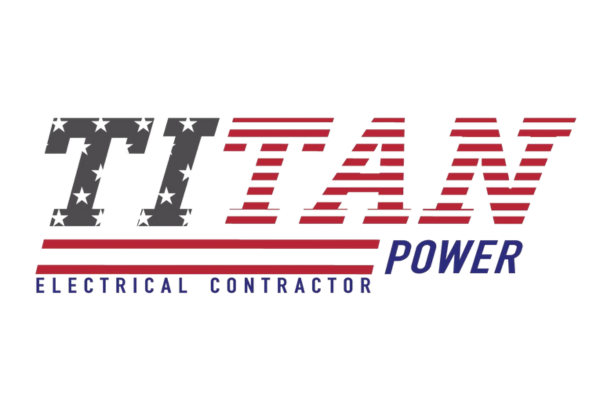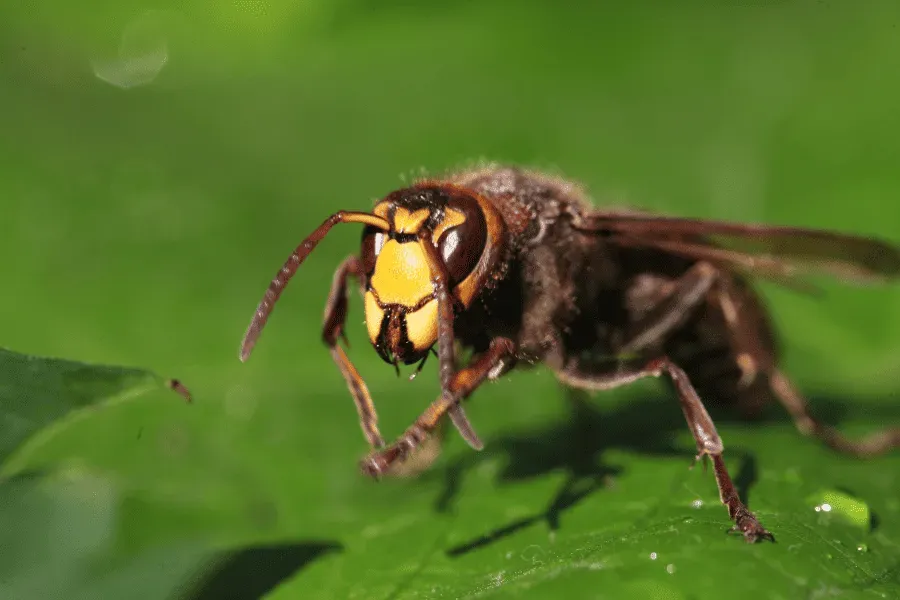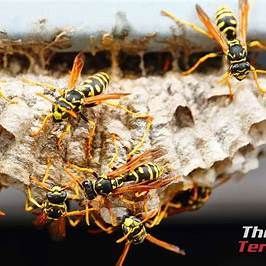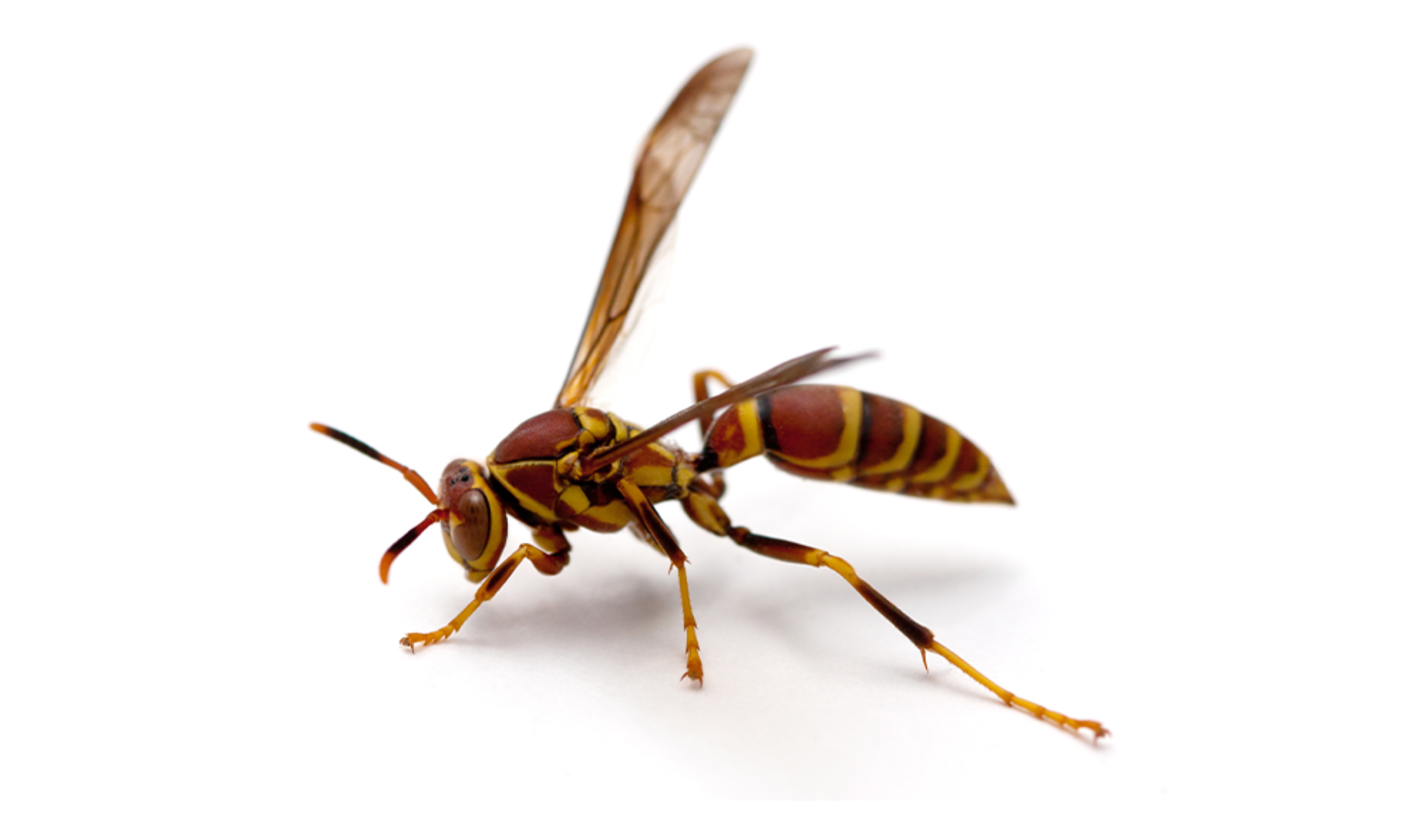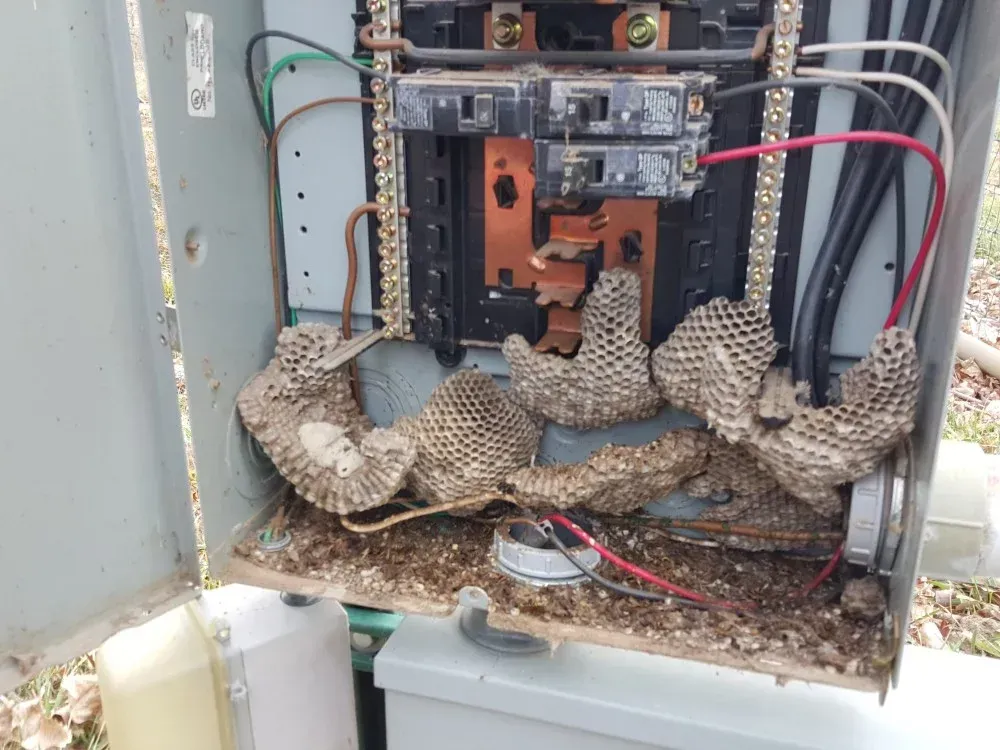The Sting of Summer
More Buzzing Than Just Electricity
Summer’s here, and if you're like me and our team—an electrical contractor, you know the buzz isn’t all electricity. Stinging insects—honey bees, wasps, hornets—are more than a nuisance; they’re a real hazard when you're doing line work, rooftop installs, or service calls outdoors. Here’s why contracting with these bugs can turn fiery in a flash, and what we can do to stay safe.
Why These Bugs Matter to Electricians
- High activity in summer and fall: Bees, wasps, hornets are most active during the months when our fieldwork peaks. Any disruption near their hives—tree limbs, power poles, eaves—can trigger aggressive defense preventionpestcontrol.net+6ecmag.com+6ex-terminators.com+6.
- Potential for multiple stings: Wasps and hornets can sting repeatedly. If a nest is disturbed, a swarm attack can happen fast .
- Allergy risk: While most stings cause pain and swelling, stings can escalate to anaphylaxis, which may include hives, throat swelling, wheezing, dizziness, and can be fatal without prompt treatment ecmag.com+1zoecon.com+1.
Best Practices to Avoid Getting Stung
1. Pre-job Hazards Scan
Before climbing ladders or pulling wire, inspect the surrounding area:
- Look for nests in trees, attics, hollow poles, under eaves, pipes, and dumpsters zoecon.com+2ecmag.com+2callnorthwest.com+2.
- Be alert to flying insects entering or exiting target areas.
2. Dress the Part
- Wear light-colored, smooth clothing to avoid attracting insects callnorthwest.com+5ecmag.com+5ecmag.com+5ecmag.com+1ecmag.com+1.
- Cover up: long sleeves, long pants, sealed pant legs/gloves, and a hat or veil for your head and neck .
- Skip perfumes or scented lotions—these draw attention .
3. Smart Worksite Protocol
- Keep food and trash sealed and away from work zones—leftover scraps can lure wasps ecmag.com+4ecmag.com+4callnorthwest.com+4.
- If insects appear, don’t swat. Stay calm, slowly back away, or gently blow them off.
What to Do If Stung
- Get away and stay calm. Wasps/hornets may swarm if they think the nest is threatened.
- Treat the sting immediately:
- Remove the stinger (bees only) by scraping it away—don’t pinch.
- Clean with soap and water.
- Apply cool compress, and use topical antihistamine, lotion, or oral antihistamine to reduce swelling and itching linkedin.com+9ecmag.com+9ecmag.com+9preventionpestcontrol.net+2zoecon.com+2ex-terminators.com+2.
- Watch for allergic reactions: Symptoms like swelling beyond the site, trouble breathing, dizzy feeling demand 911 immediately ecmag.com+5ecmag.com+5ecmag.com+5.
- Document the injury—OSHA requires recording insect stings on Form 300
ecmag.com+1ecmag.com+1.
Toolbox Takeaway: Protect & Prevent
As electrical pros, we're exposed to more than wires and voltage; summer brings wildlife hazards too. By proactively scanning job sites, dressing smart, managing food/trash, and knowing treatment protocols, we can significantly reduce risk.
Remember:
- Training matters: OSHA mandates awareness training for insect hazards and sting response .
- Stay stocked: First-aid kits should include sting treatments and antihistamines. Anyone with known allergy should carry an EpiPen and notify supervisors ecmag.com+1ecmag.com+1.
Let’s keep our crews powered and protected—stings shouldn’t blow a fuse on our safety.

